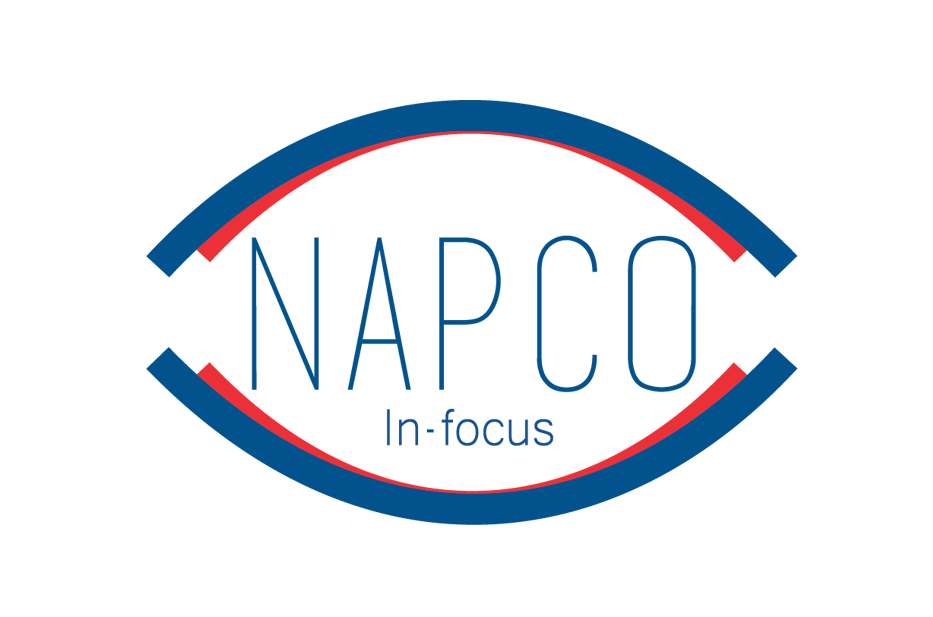SHOPPER MARKETING ACTIVATED
Napco National’s Jeddah-based Shopper Marketing Manager Karim Najjar and his team discuss how the company is adapting to a changing market

Consumer brand activations are crucial to building positive brand perception. How has Napco National put them into action?
At the beginning of 2018, the shopper-marketing department was created to form a unit that would handle all of the KSA as opposed to focusing only on provinces, and developing shopper understanding. The consumer has become the focus of the brand team. The department includes trade marketing teams who are experts of their channels in modern and traditional trade. We evolved our approach and now have two sets of activation: brand activation and shopper activation.
Shopper teams will activate the brands within categories in the trade setting – inside the supermarkets or any point-of-sale. The aim is to capture shopper experiences, which should translate into short-term return on investment as well as long term loyalty.

Your new department is called Shopper Marketing, meaning you’re now more focused on the shopper rather than the consumer. How can you influence shoppers to buy products at the shelf?
Studies have shown that 70 percent of purchase decisions are made at the shelf and mostly occur within the first three to seven seconds of a shopper encountering the product, which P&G called the ‘first moment of truth’ (FMOT). It’s during this time that marketers have the capability of turning a browser into a buyer. So, the more we understand the shopper, the better we can secure a big part of that 70 percent.
So what is the benefit of such an activation element? Have you done an evaluation on it?
We have a nice example of visibility and communication that really captures the few seconds that the shopper spends at the shelf. In the refuse bags sub-category, the shelf was a mess. A survey revealed that shoppers didn’t know or understand what they should buy. So we created a ‘Supershelf’ that makes it easier for shoppers to navigate the shelf and make on-the-spot decisions.
We tackled the most important attribute of the shelf: what segment to buy? Our ‘Supershelf’ allowed us to differentiate between tie and garbage bags through a very organised and informative shelf communication that indicates each SKU type, size and packaging, and between trash and garbage bags, using special dispensers. We achieved a sell-out growth of 15 percent in Q1 this year by giving the Sanita logo a higher impact on the shop display.

One of your principles for the next three years is ‘Achieving More with Less’. Why and how should Napco National focus on this idea?
Throughout the company’s years of operation, we have expanded our profiles extensively. Today, we have over 20 product lines in the disposable category. Under each product line, there was a high demand to develop more SKUs within the existing lines. This resulted in an increase in the number of SKUs in our portfolio.
For us to beat the competition in the most efficient way, applying the theory of ‘achieving more with less’ proved a must to give shoppers a rationalised portfolio that covers all of their needs. Consequently, we implemented the Pareto Principle (80/20 rule), which gives the vital fast-moving products priority, more shelf share as well as a richer shopping experience.


How are an evolving FMCG sales environment and changing shopping habits impacting the business and what is Napco National doing to adapt?
Over the past five to 10 years, the FMCG sales environment has shifted significantly, resulting in a variety of barriers for brands to work around. Shelf spaces have been reduced and price has become king.
To adapt to these drastic changes, and to minimise the impact on our business, we have been tirelessly looking into providing the most efficient value-for-money deals, while maintaining brand equity and value. We are ensuring that our efforts connect with the benefits of the retailer. Growing both our businesses simultaneously is a winning formula, while staying shopper-centric.

